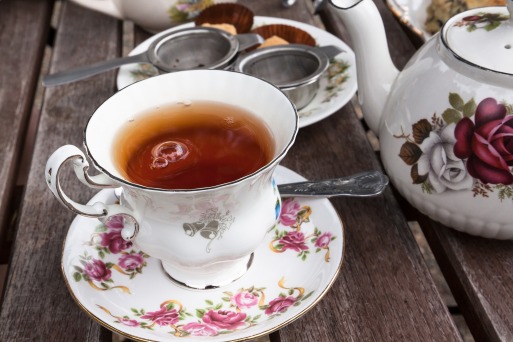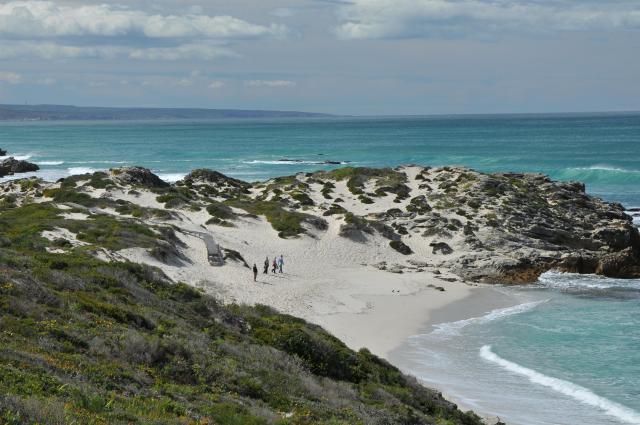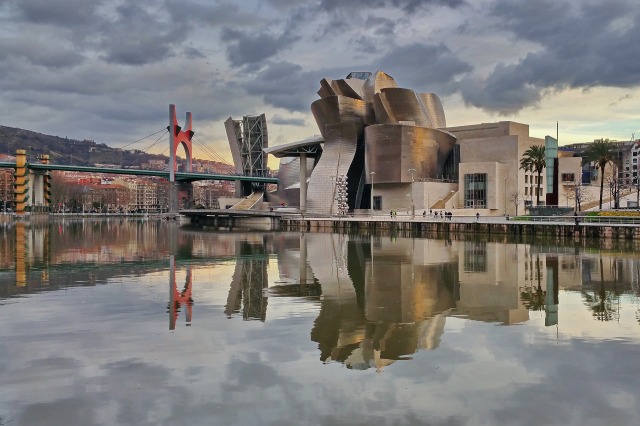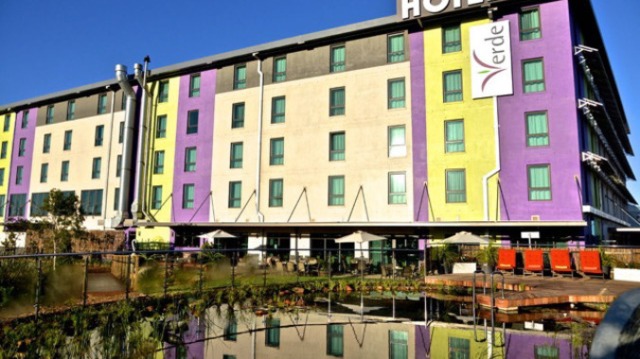Everyone has a preferred hot drink. Whether it’s strong espresso, sweet Milo, malty Horlicks or the classic cappuccino, with the weather forcing us under a blanket, Travelling Mystery Guest wanted to take a look at what interesting and relaxing teas there are. Some teas have beautiful colours and it might just help to brighten up the grey mood accompanying winter. 1. Hibiscus Tea
1. Hibiscus Tea

This tea has a crimson or deep magenta colour. It almost looks like some sort of soda, except it’s much healthier. Some of the health benefits of Hibiscus tea include lowering high blood pressure and high cholesterol. It also assists with digestive system problems and strengthening your immune system. When dieting, this tea can help to speed up your metabolism to help you lose weight faster. It is also rich in vitamin C, which aids in wound healing and dental gum health. You can drink this tea hot or cold and some sugar or honey can be added to sweeten it up.
2. Black Tea

Black tea usually has a more intense flavour than other teas like green tea. This is because black tea is more oxidised. Black tea is already a very popular tea because of its various health benefits. It is said to help with digestive problems, low concentration levels and poor blood circulation. The colour of the tea itself is not actually black, which one would expect given the name, but the oxidised leaves are, in fact, black. The tea has a dark reddish colour and in China, this tea is actually referred to as “red tea”.
3. Earl Grey Tea

Most people are familiar with this Earl Grey tea and personally, it is one of my favourites.

Bergamot
This tea is flavoured with the oil of bergamot, which is found in the bergamot orange peel. This gives the tea its orange-blossom-like aroma. This tea also has an unexpected beauty hack – bergamot is one of the products that promote hair growth, so for anyone who is a fan of tea and who desires long and luscious hair, why not drink some Earl Grey?
4. White tea
 This tea’s leaves are minimally processed (from the Camellia sinensis plant). Its name originates from the fact that there are fine white hairs on the unopened buds of the tea plant, and this gives the plant a whitish appearance. As with the other teas, white tea also has a few health benefits. These include antioxidant properties, anti-aging properties and white tea can also aid in preventing excessive thirst among people with diabetes.
This tea’s leaves are minimally processed (from the Camellia sinensis plant). Its name originates from the fact that there are fine white hairs on the unopened buds of the tea plant, and this gives the plant a whitish appearance. As with the other teas, white tea also has a few health benefits. These include antioxidant properties, anti-aging properties and white tea can also aid in preventing excessive thirst among people with diabetes.
5. Blue tea

Being more of a coffee drinker myself, I was quite intrigued to learn that there is a bright

Butterfly pea blossom
blue coloured tea out there. The tea gets its blue colour due to the presence of blue flowers often blended with white or black teas. Of course, the more flower petals in the tea, the brighter the colour (which can range from light yellow to deep blue). The most common flower used is the butterfly pea blossom. If ever given the opportunity, I will definitely try this one!


















